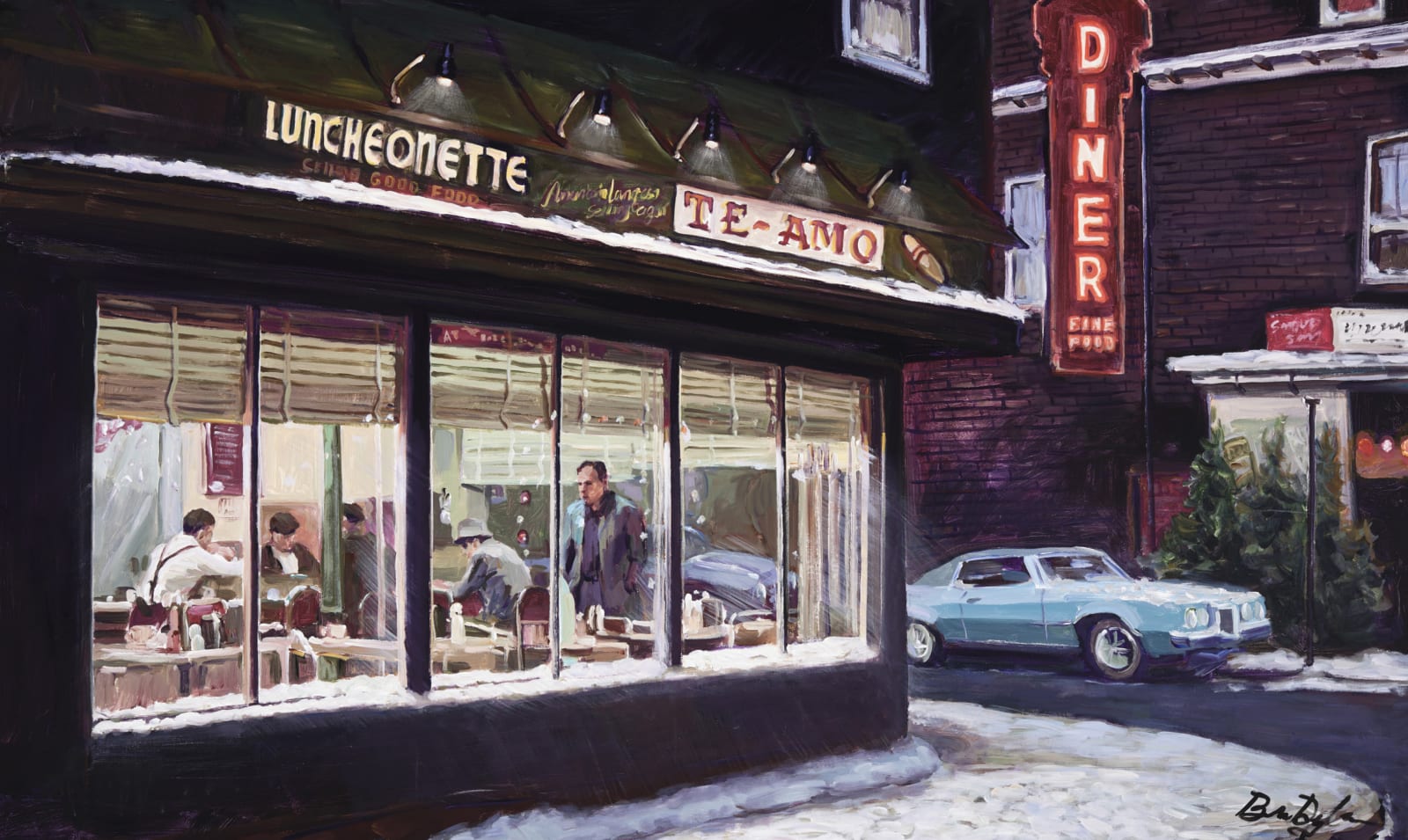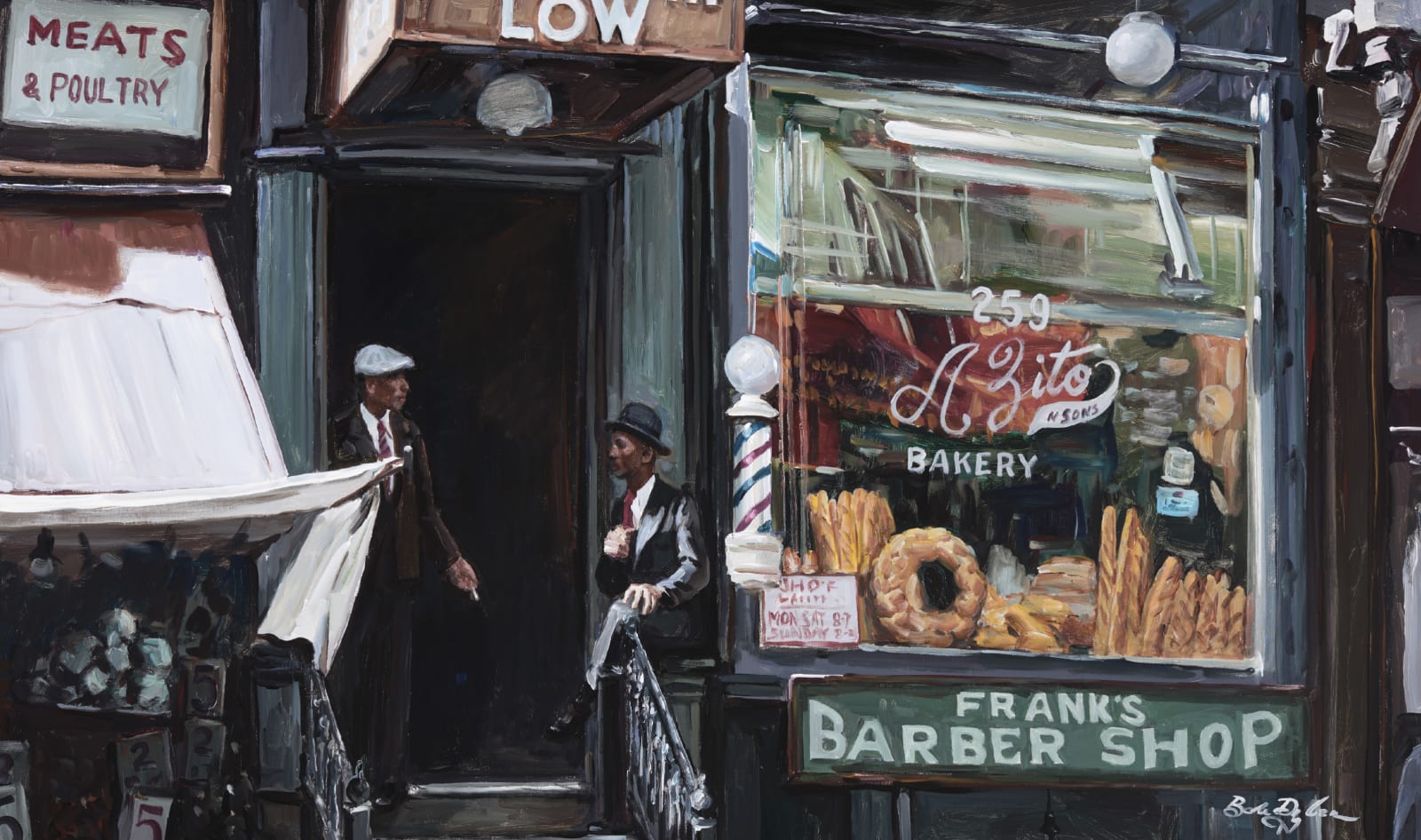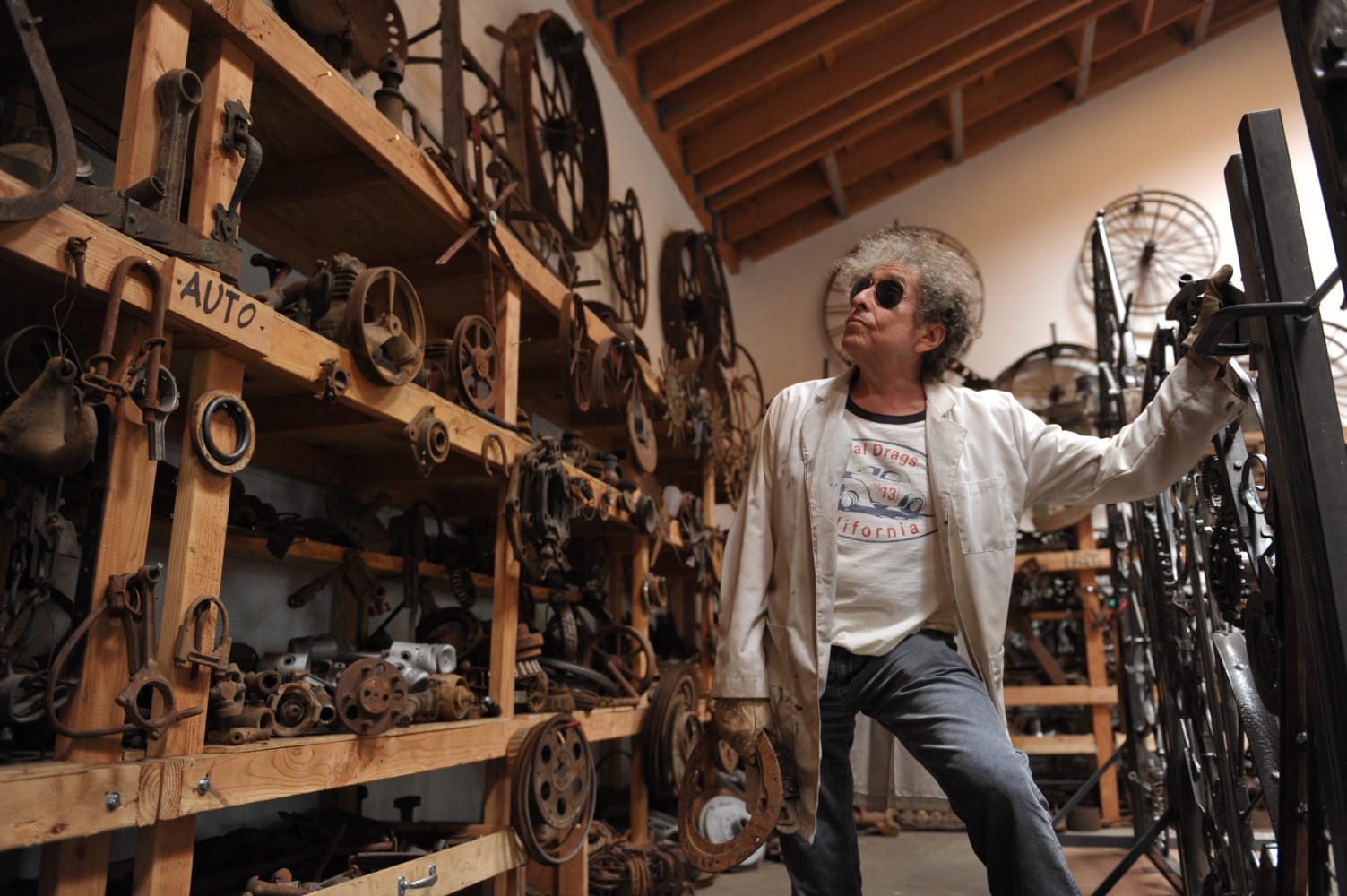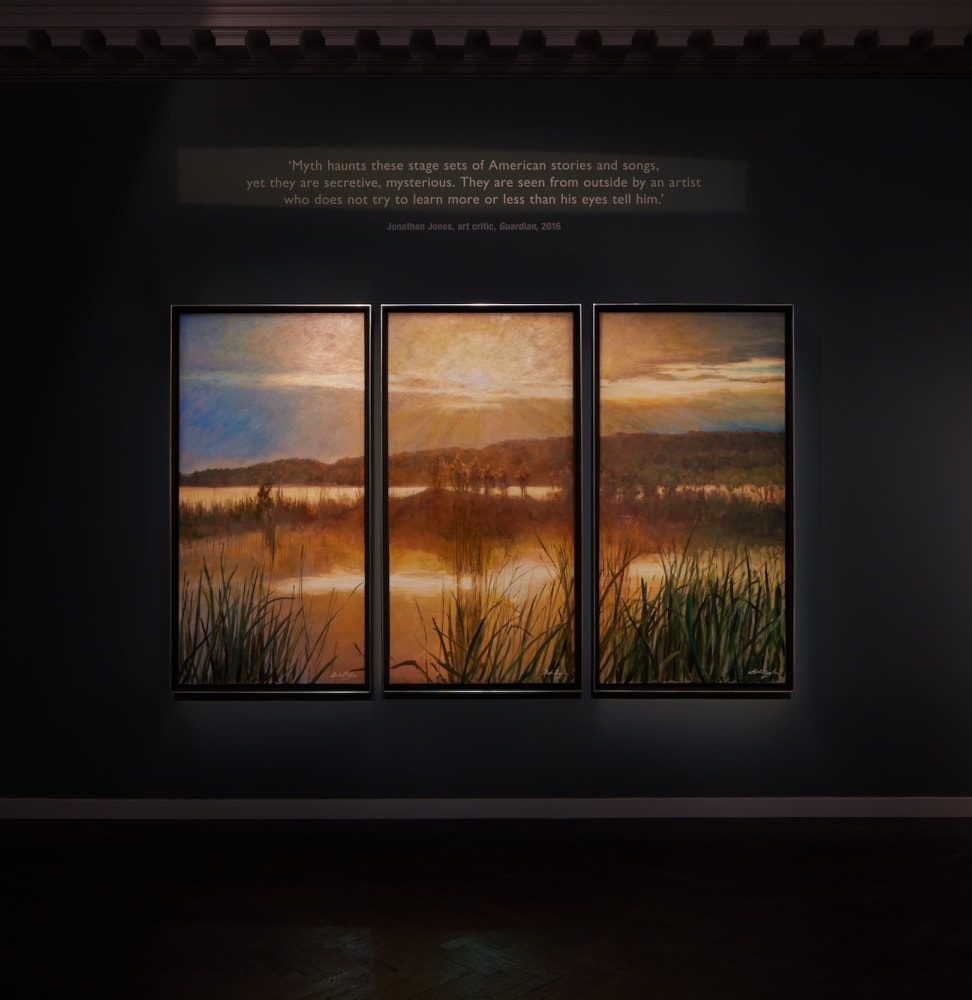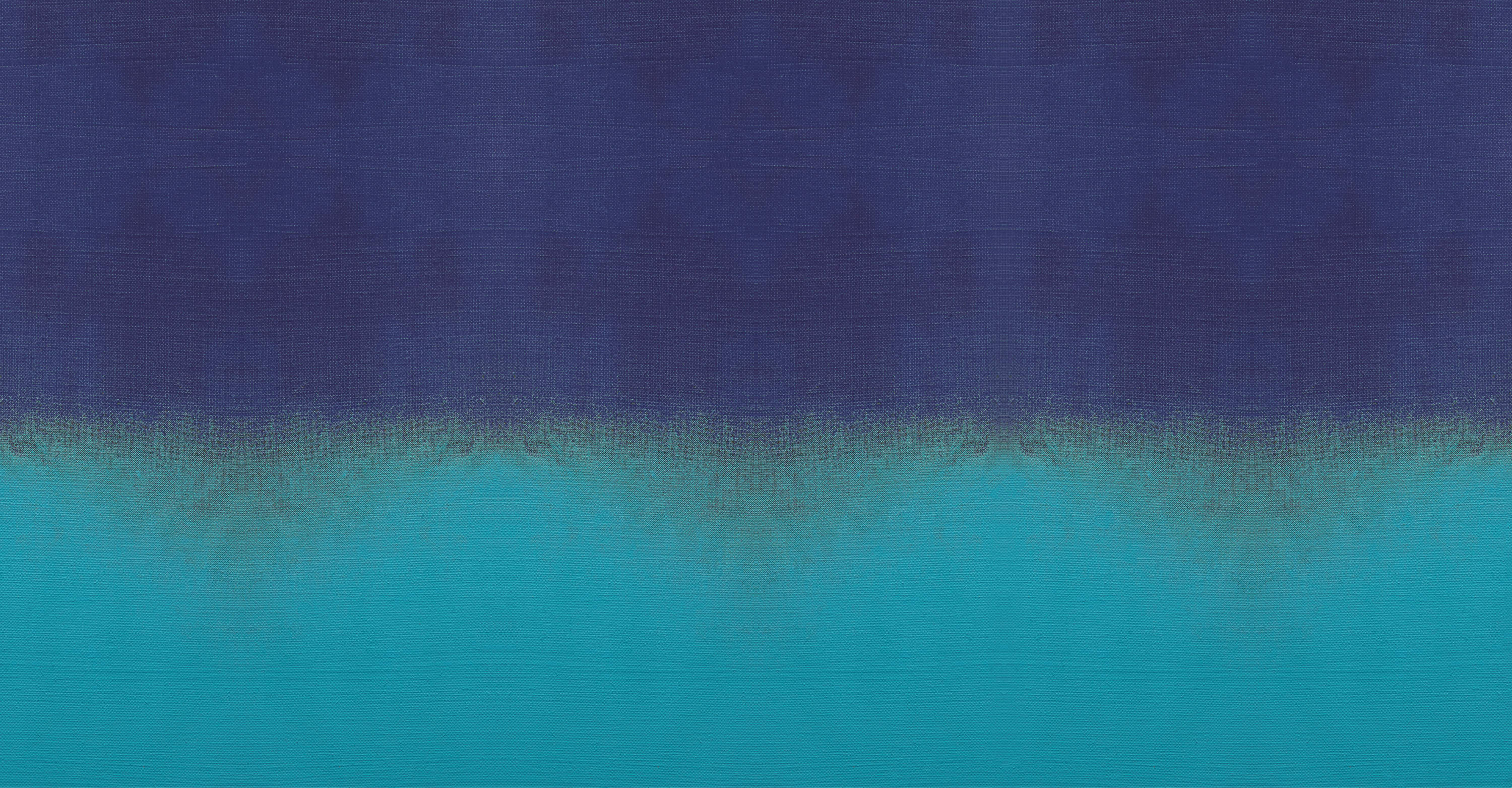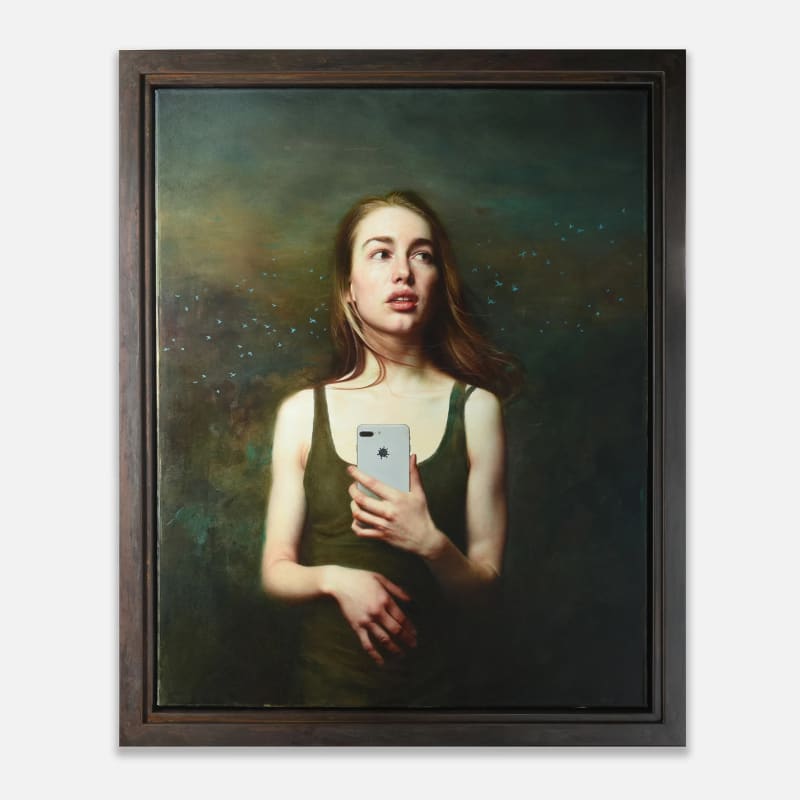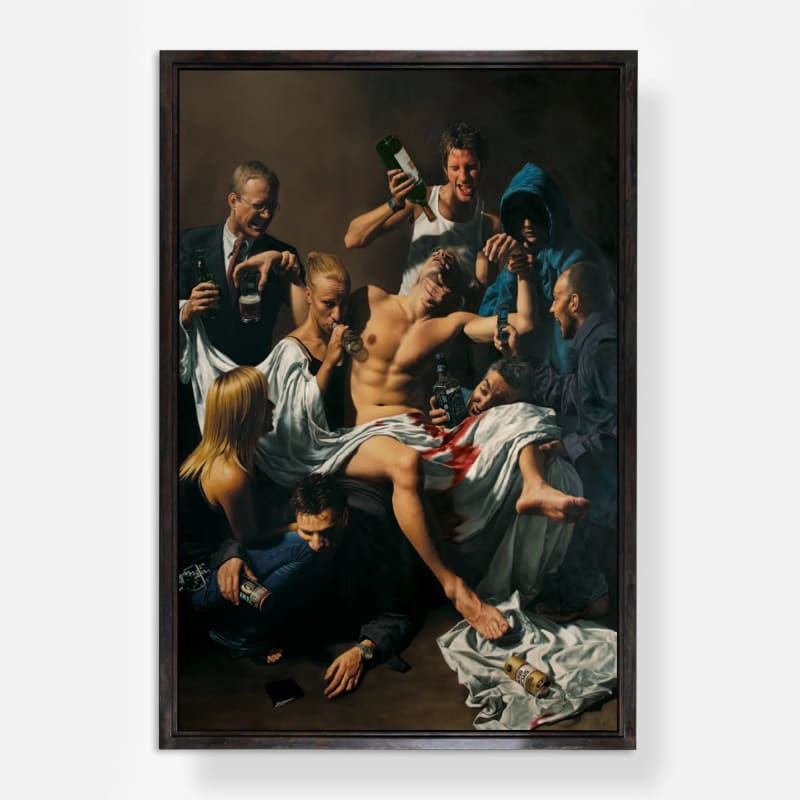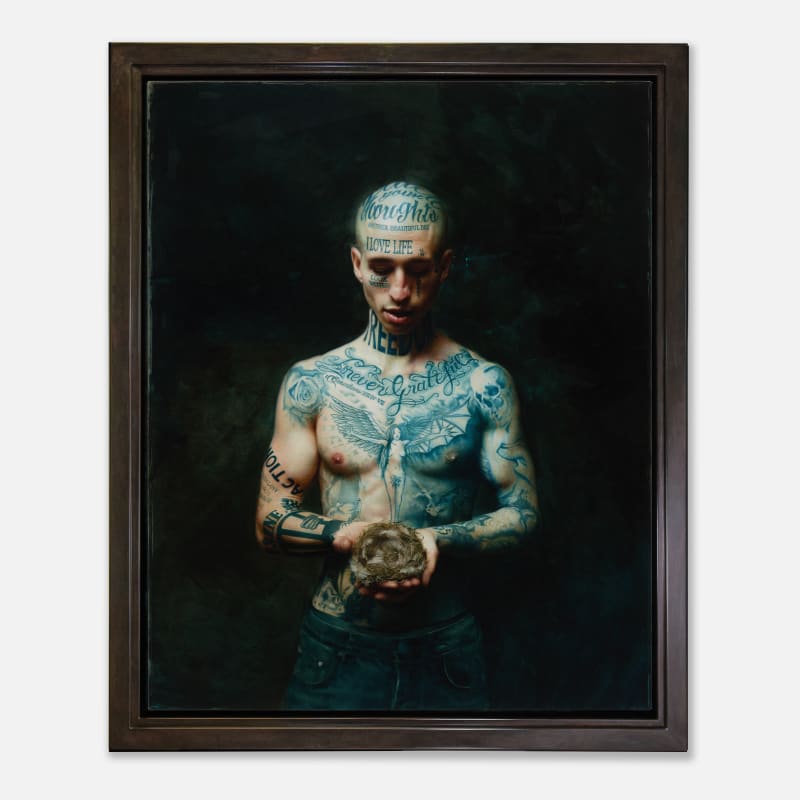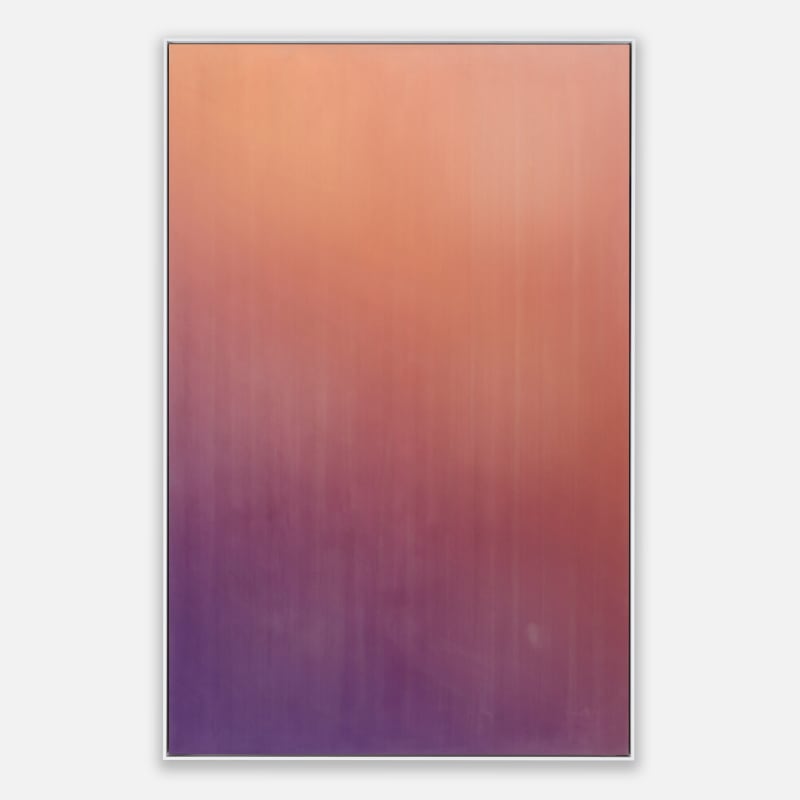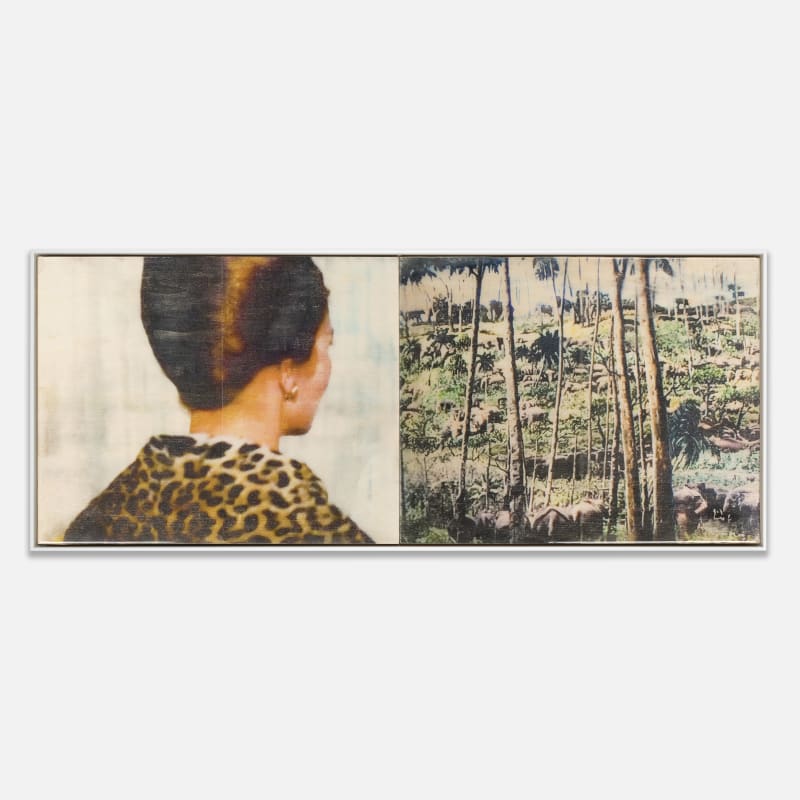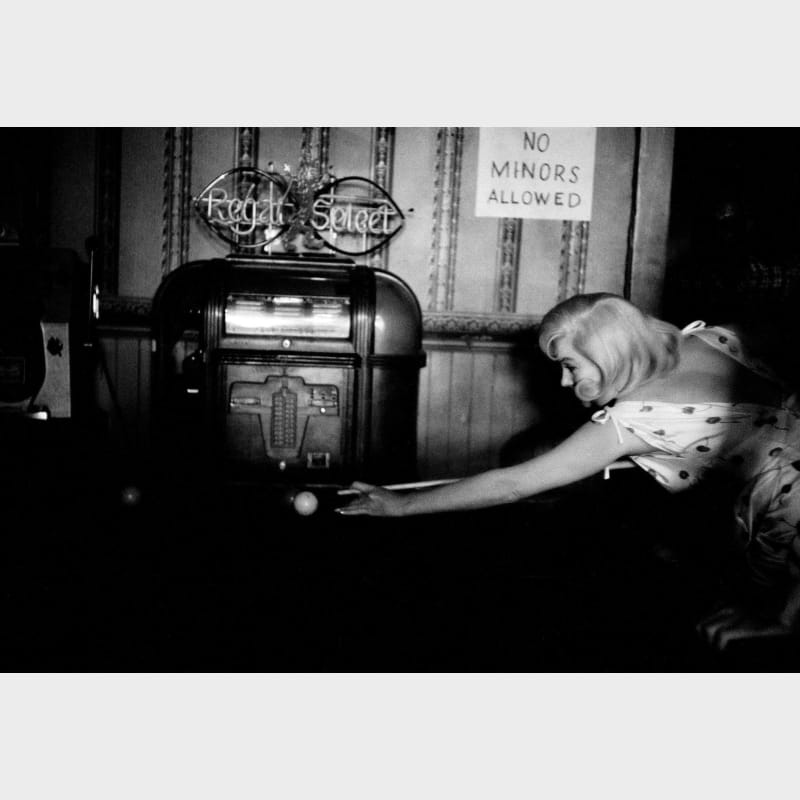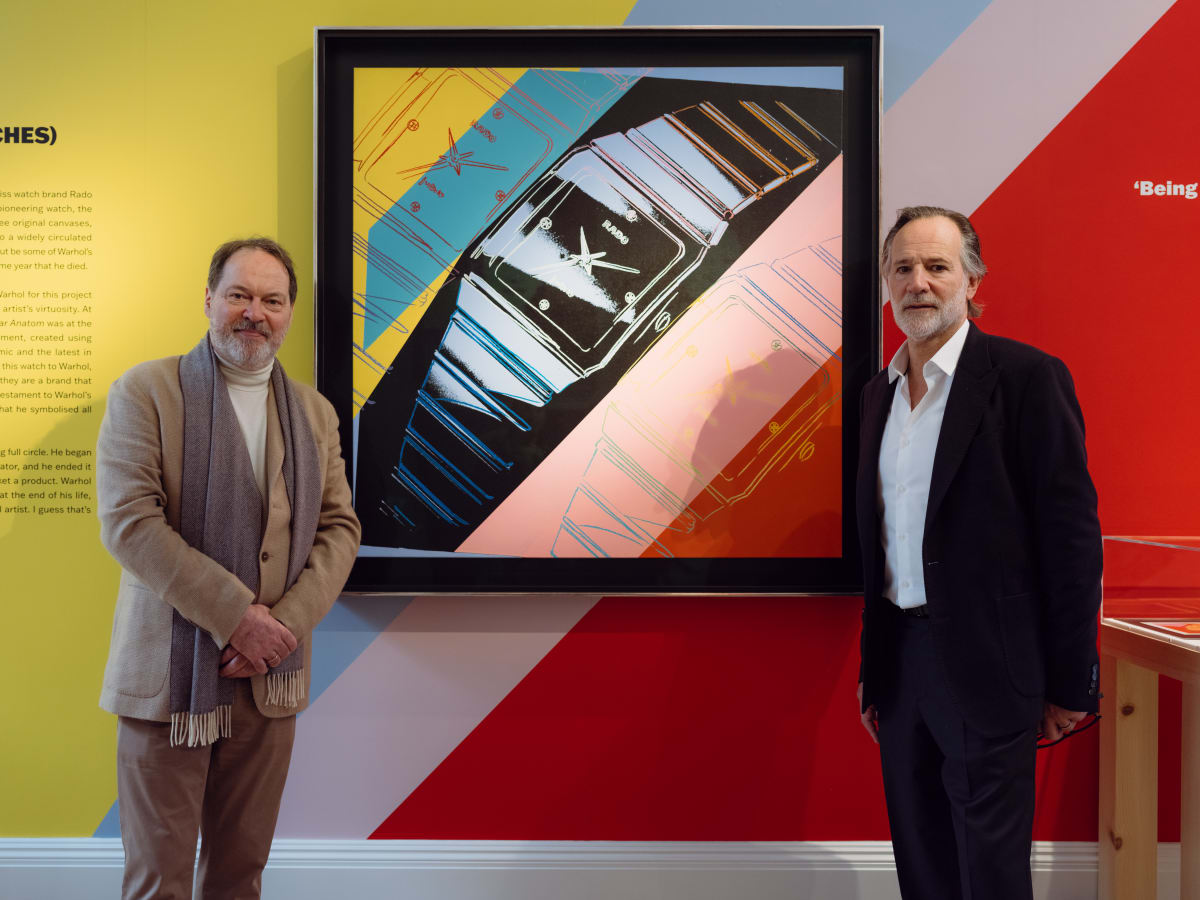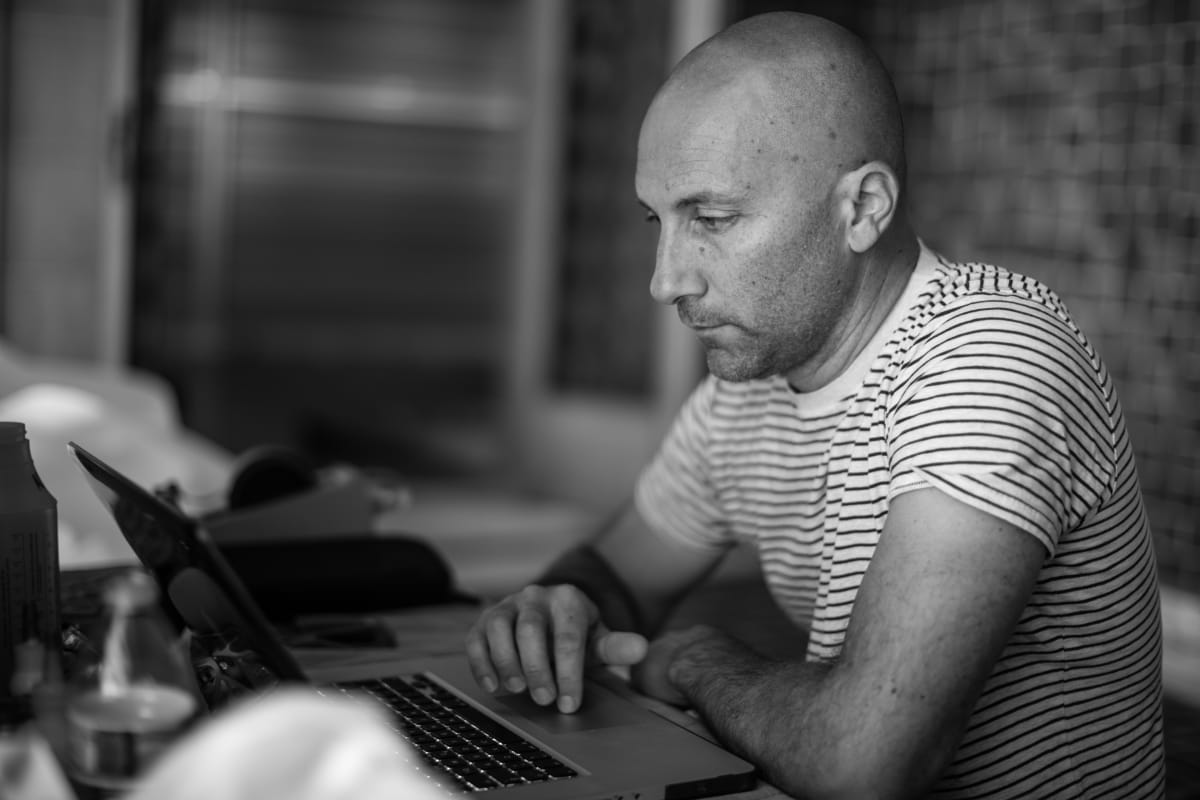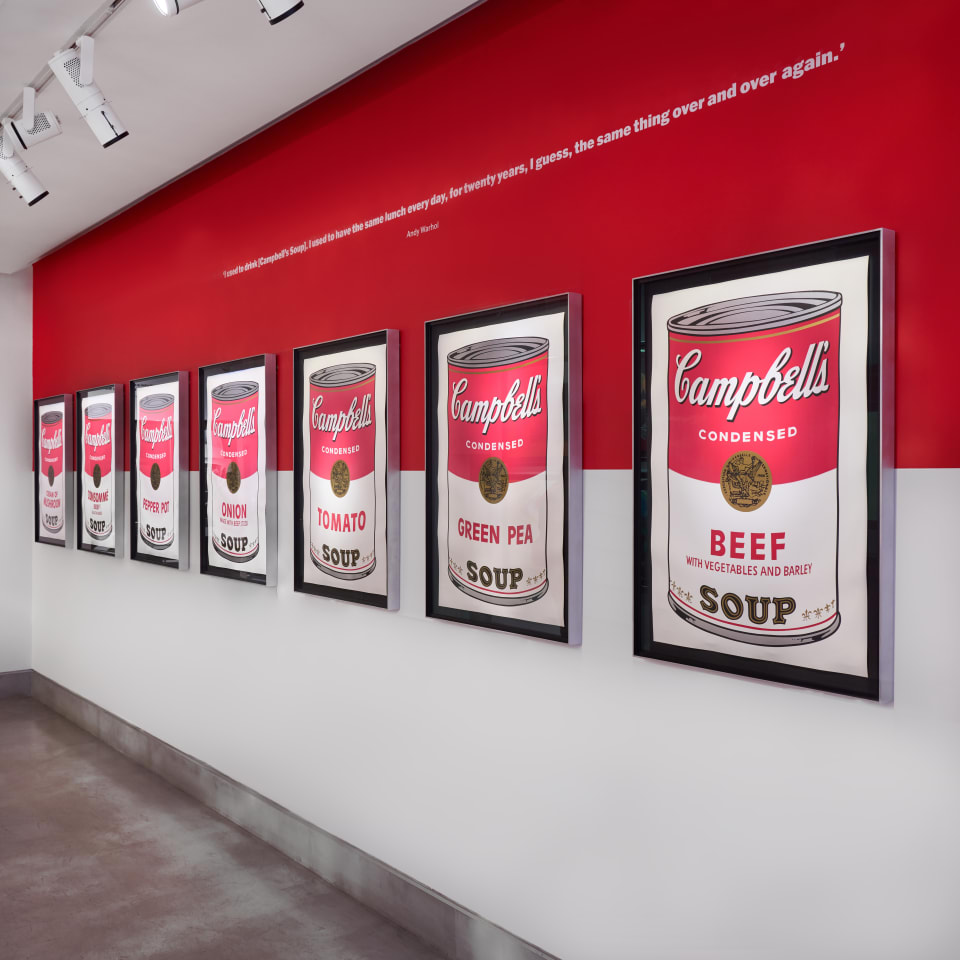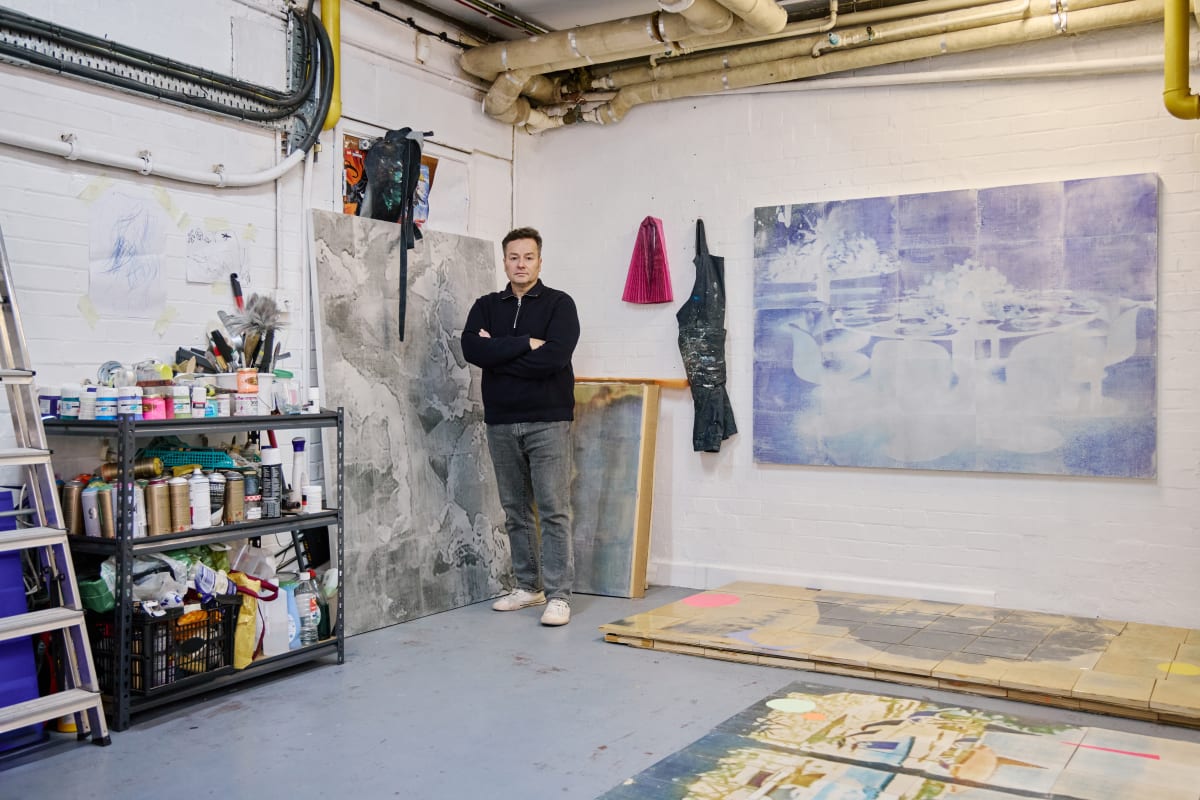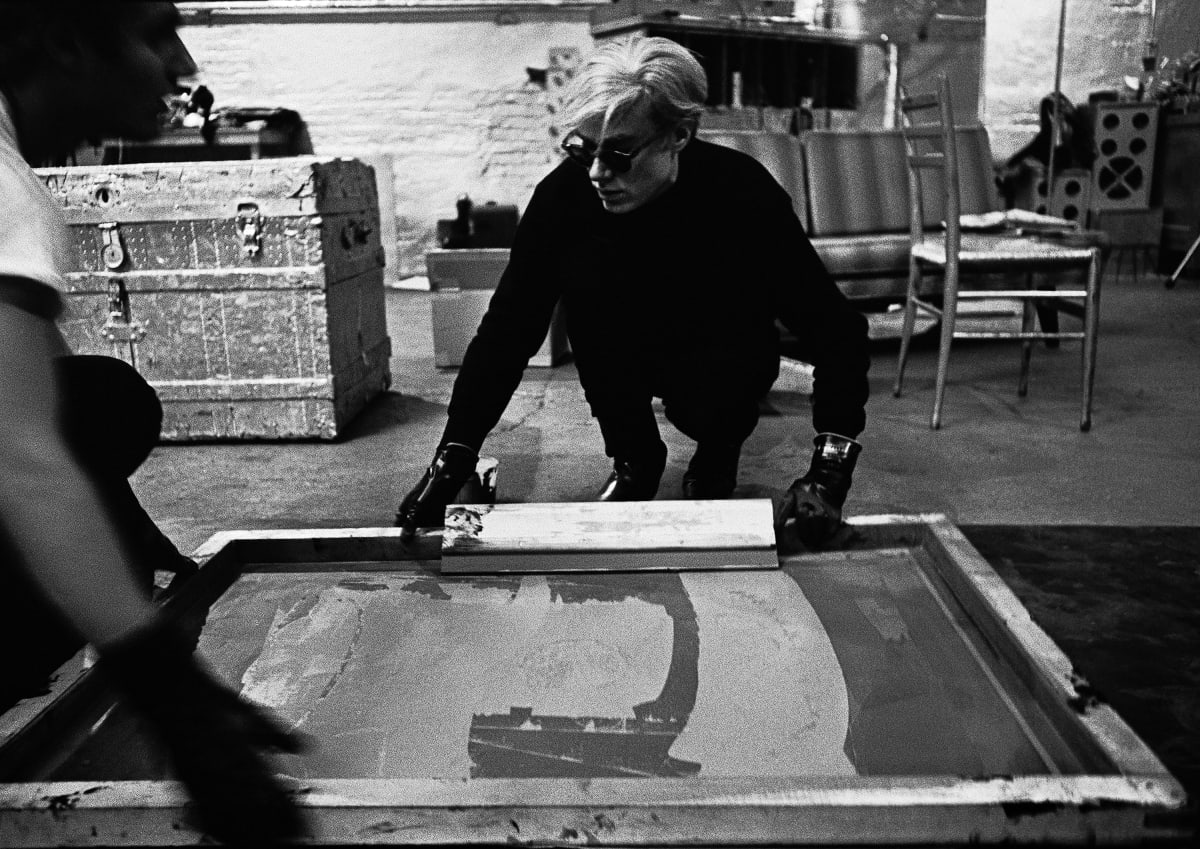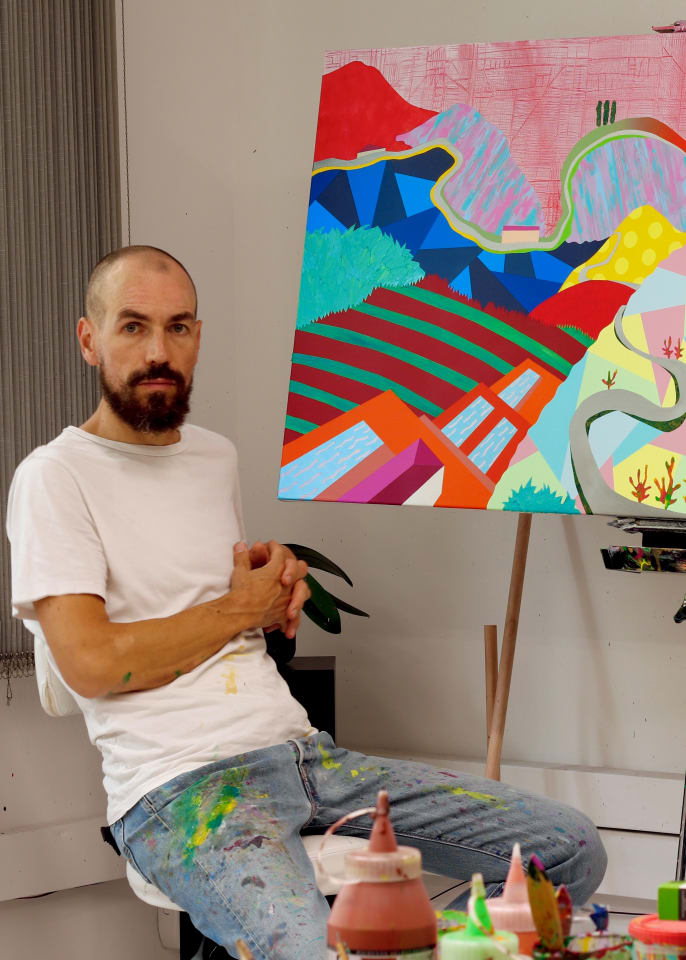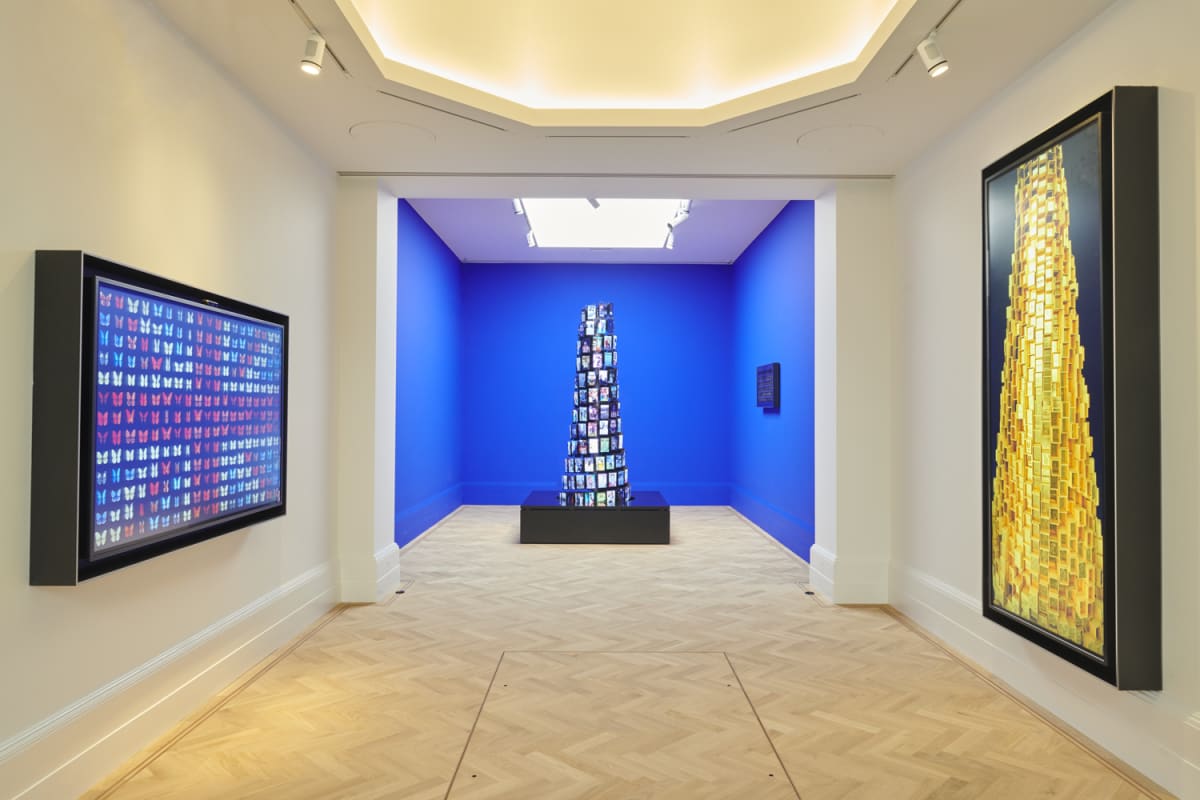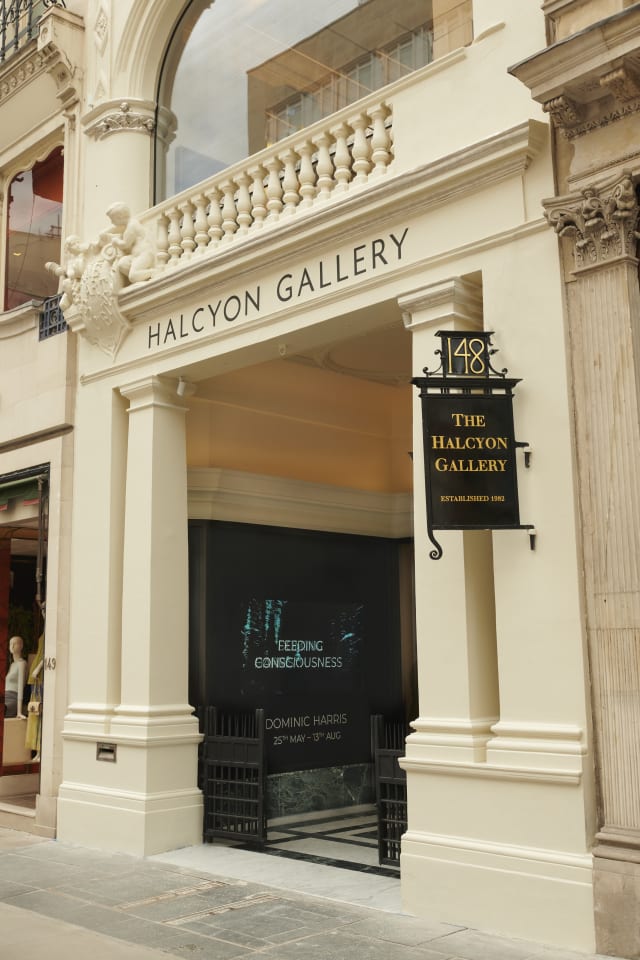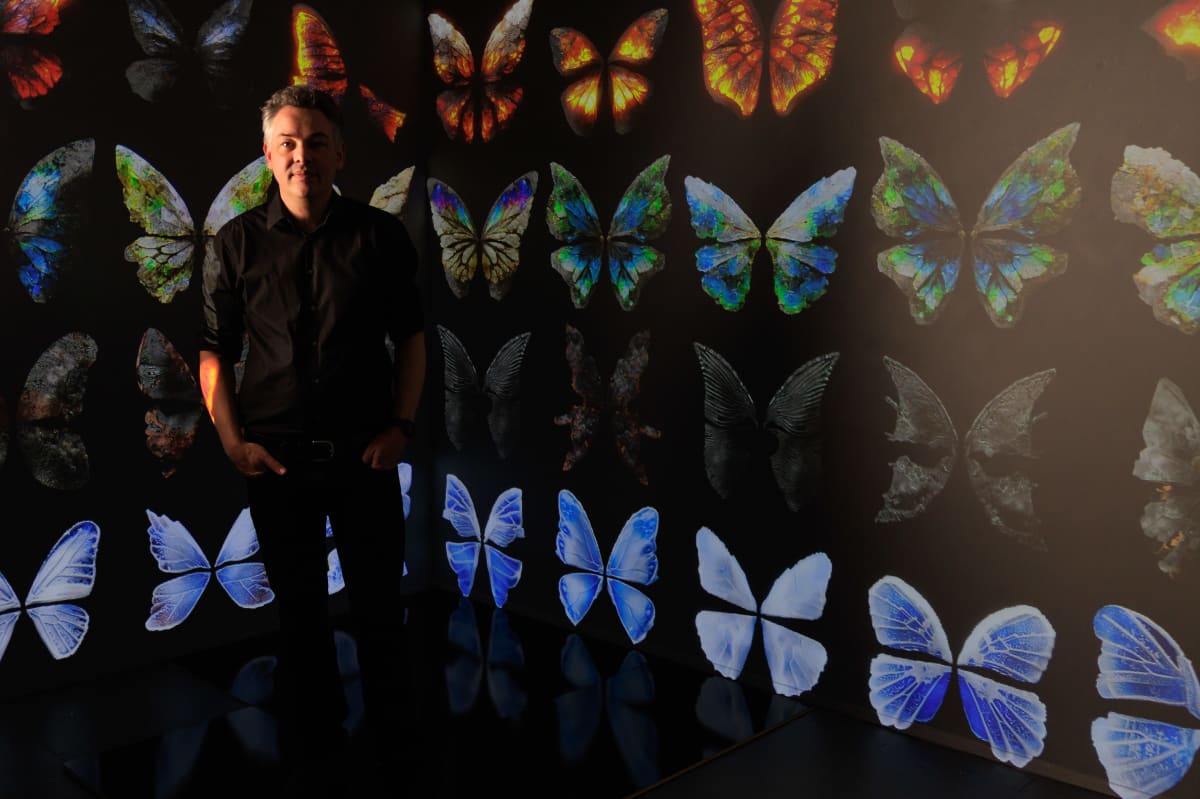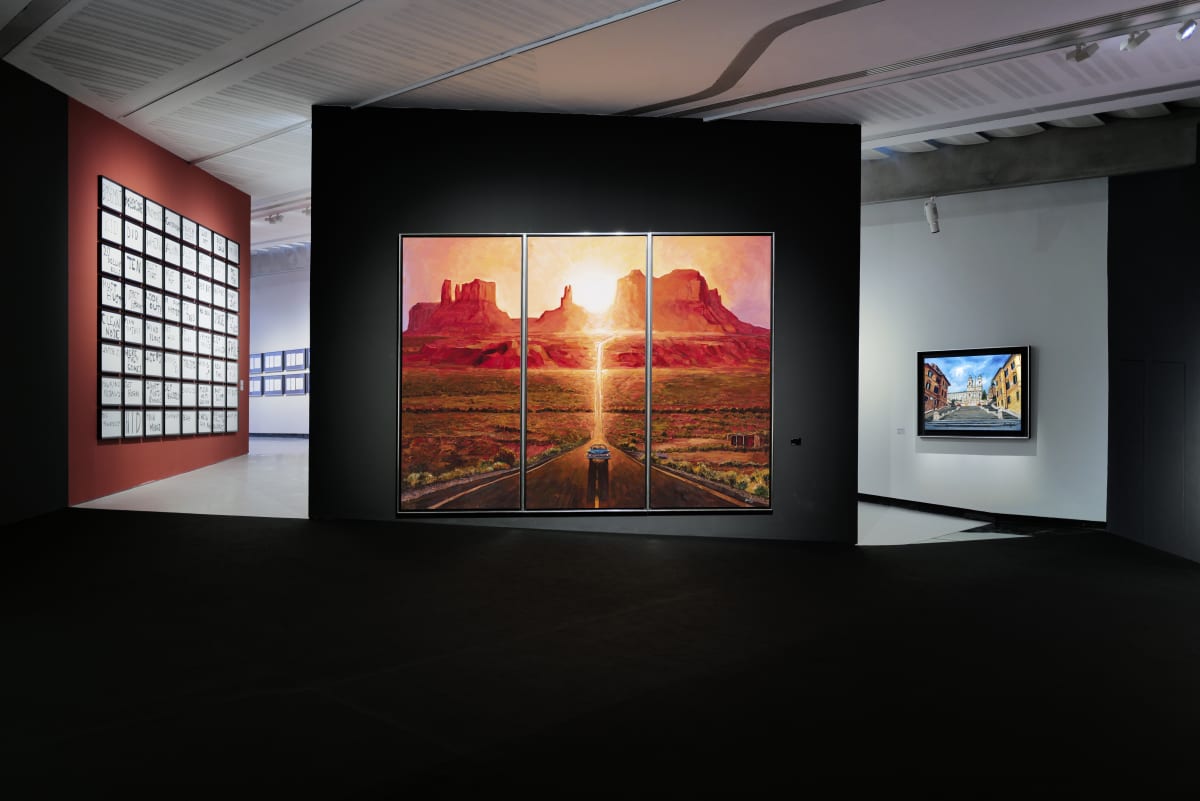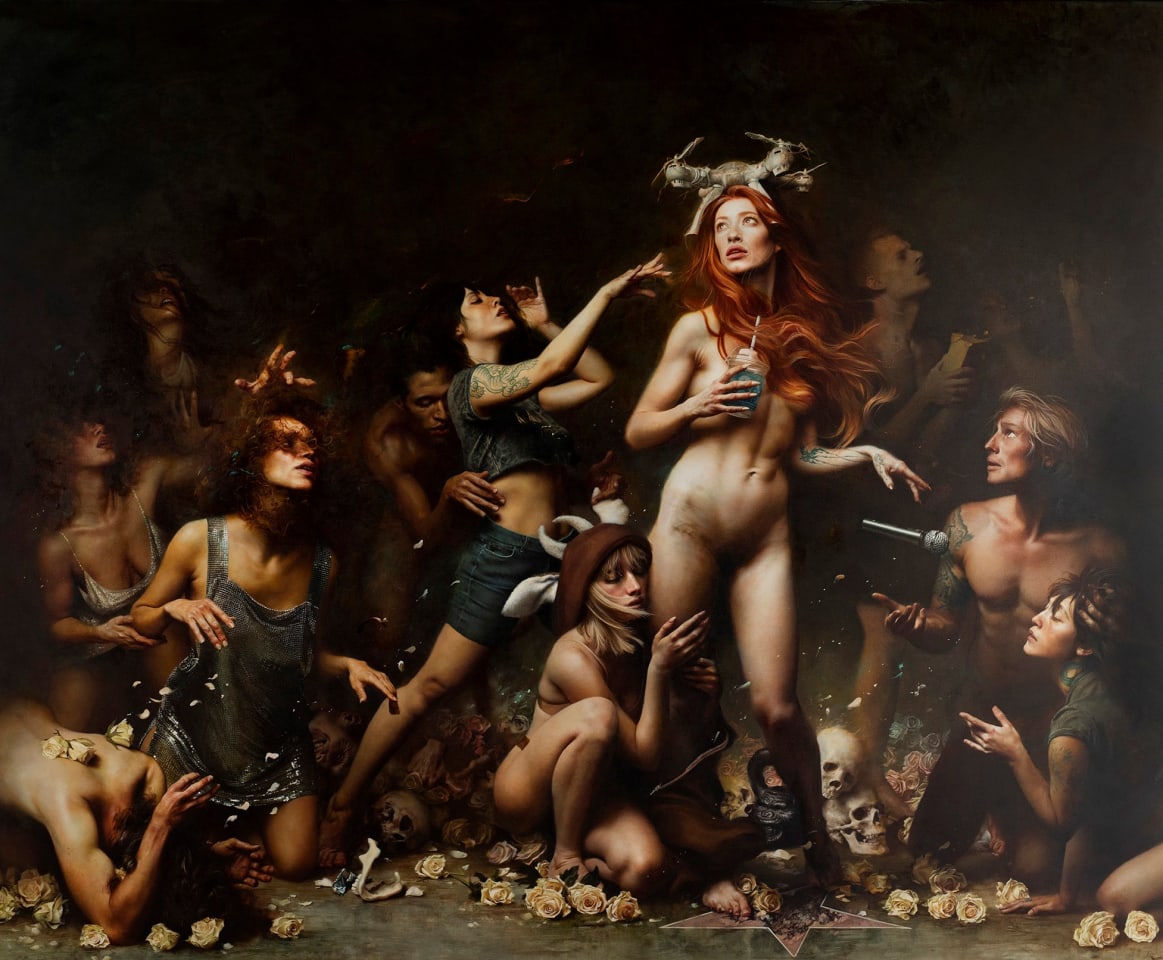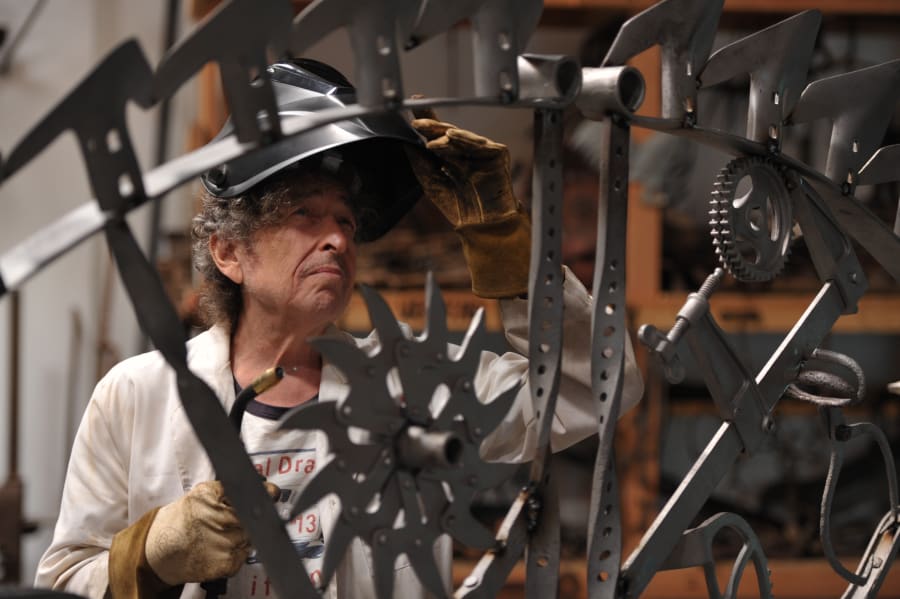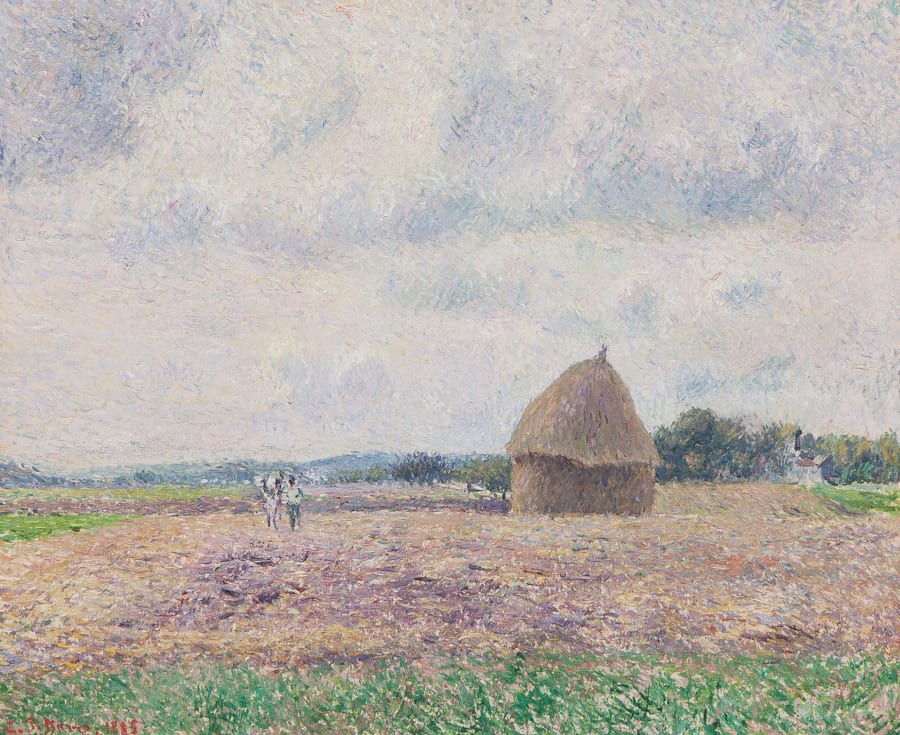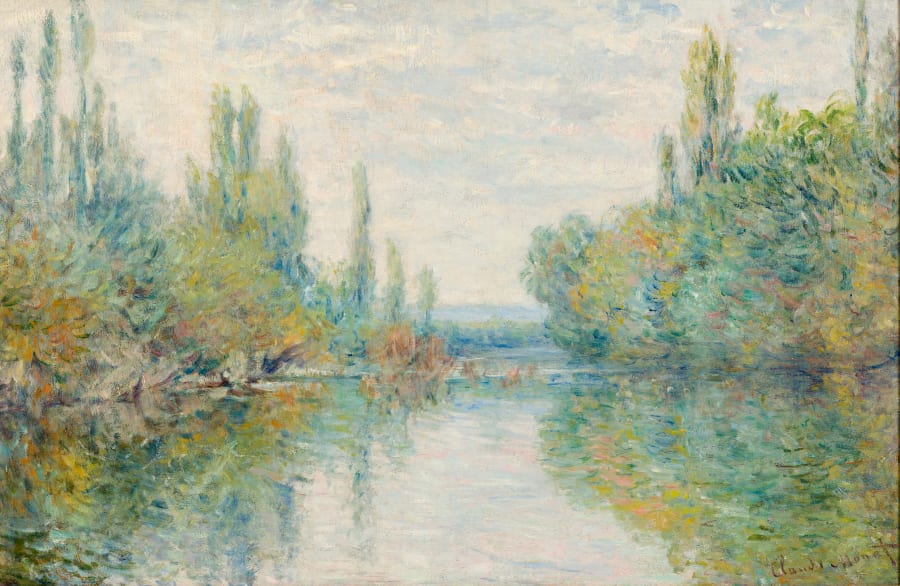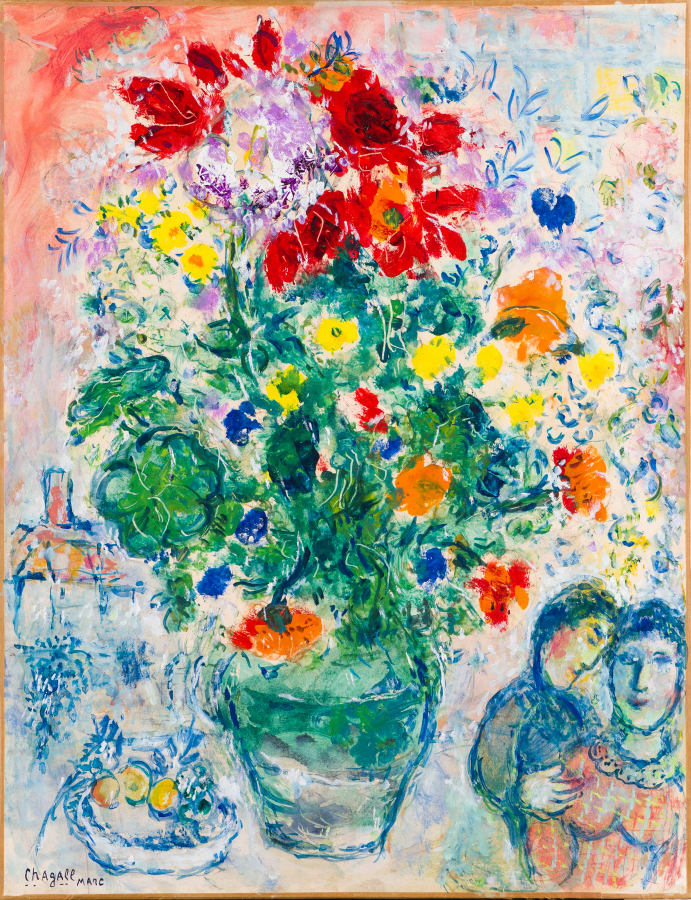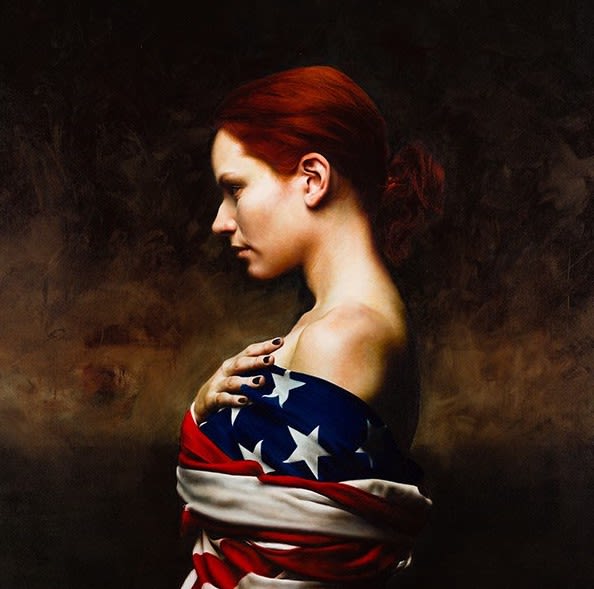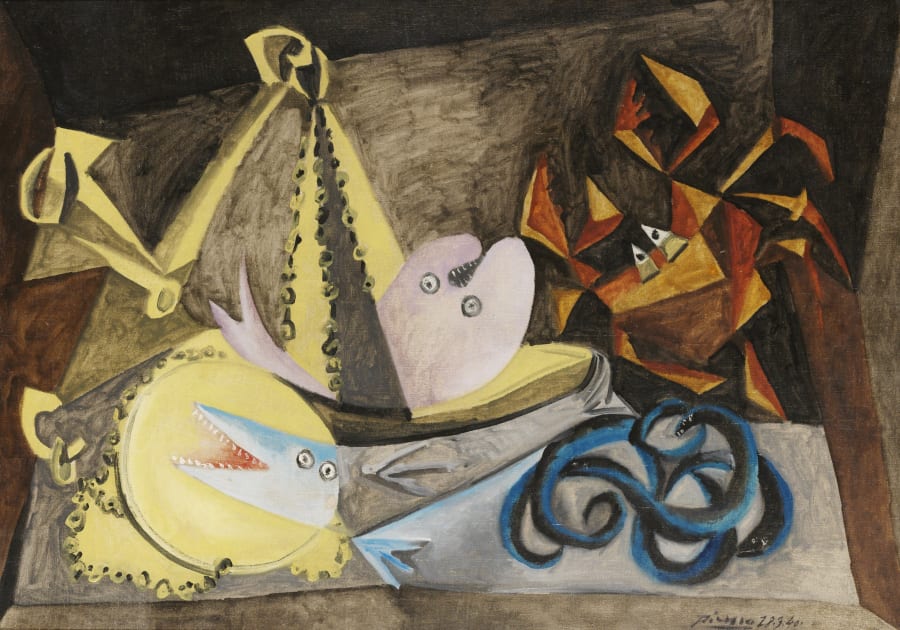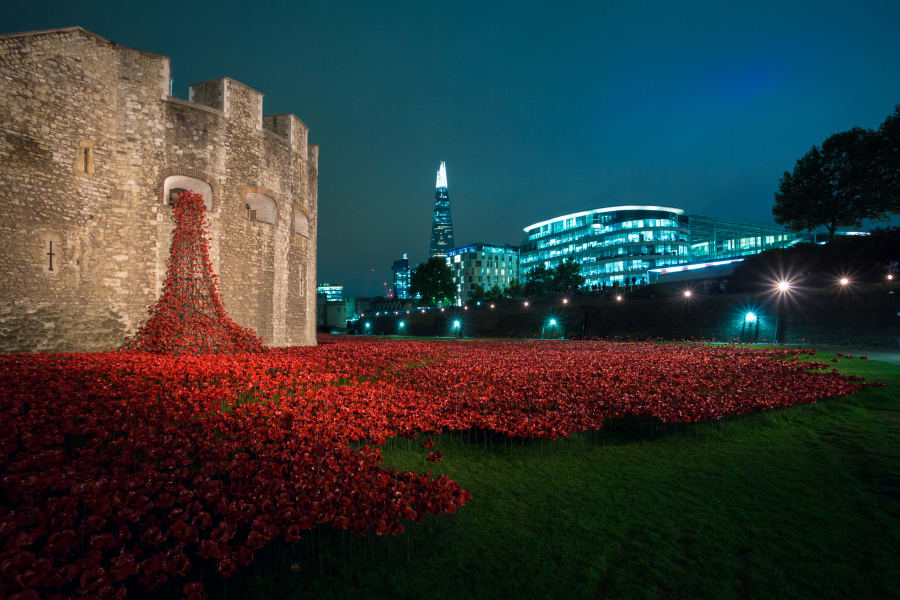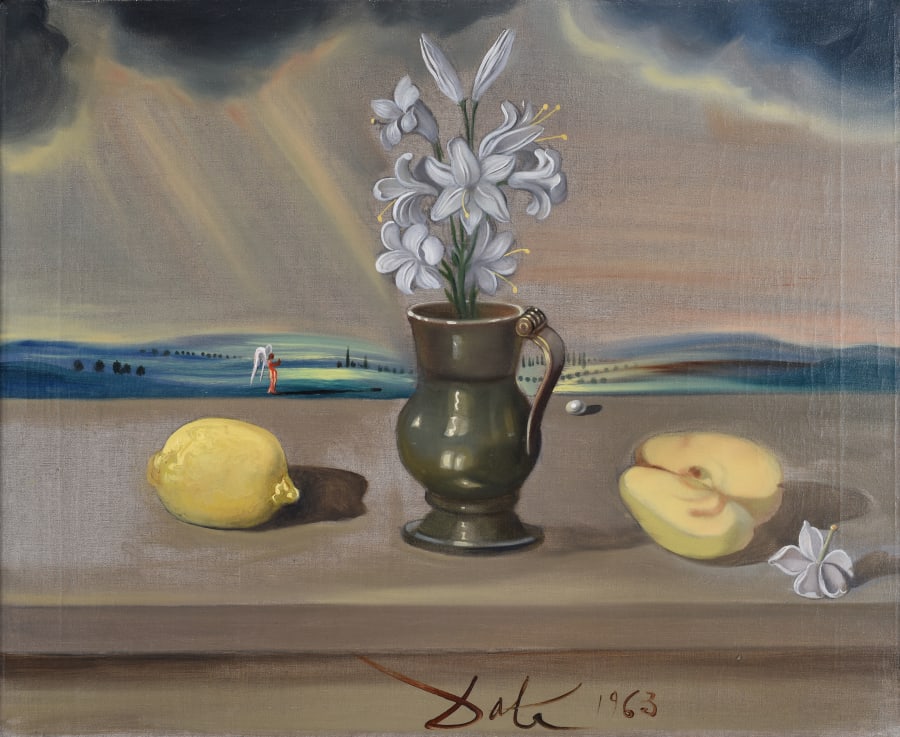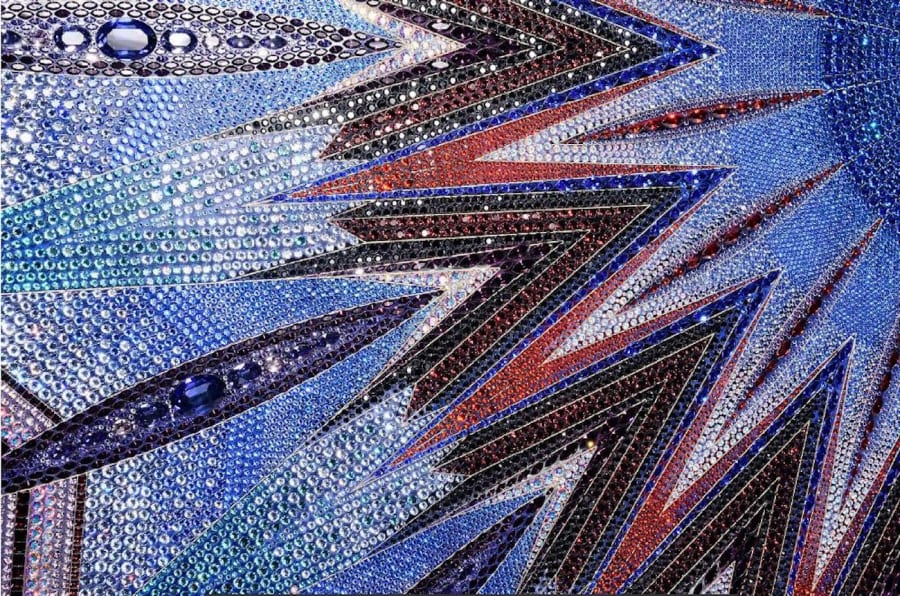£18,750
Halcyon Gallery
Discover a range of contemporary artists at Halcyon Gallery
With locations on Bond Street and at Harrods, Halcyon Gallery specialises in modern and contemporary art, showcasing both emerging and established artists including Andy Warhol, David Hockney, Bob Dylan and Dominic Harris.
Halcyon Gallery at Harrods
Discover incredible art on view exclusively at Harrods, Knightsbridge. Our expert team are on-hand to advise on all aspects of building your collection from aquisition through to bespoke framing and installation. Visit us on Floor 3 today.
OUR ARTISTS
Stories

Article
Bob Dylan, Painter and Sculptor
Le Figaro
9 May 2022
Cookies allow us to provide you with useful features and to measure performance in order to improve your experience. By clicking 'Accept all', you agree to the use of all cookies. By clicking 'Manage Cookies', you only agree to the use of selected cookie categories. For more information, see our Privacy Policy.
Your shopping bag
No items found
Total
£
Close
Sign up for updates
Send an enquiry
Sorry, filters could not be displayed. Please try again.
Close
